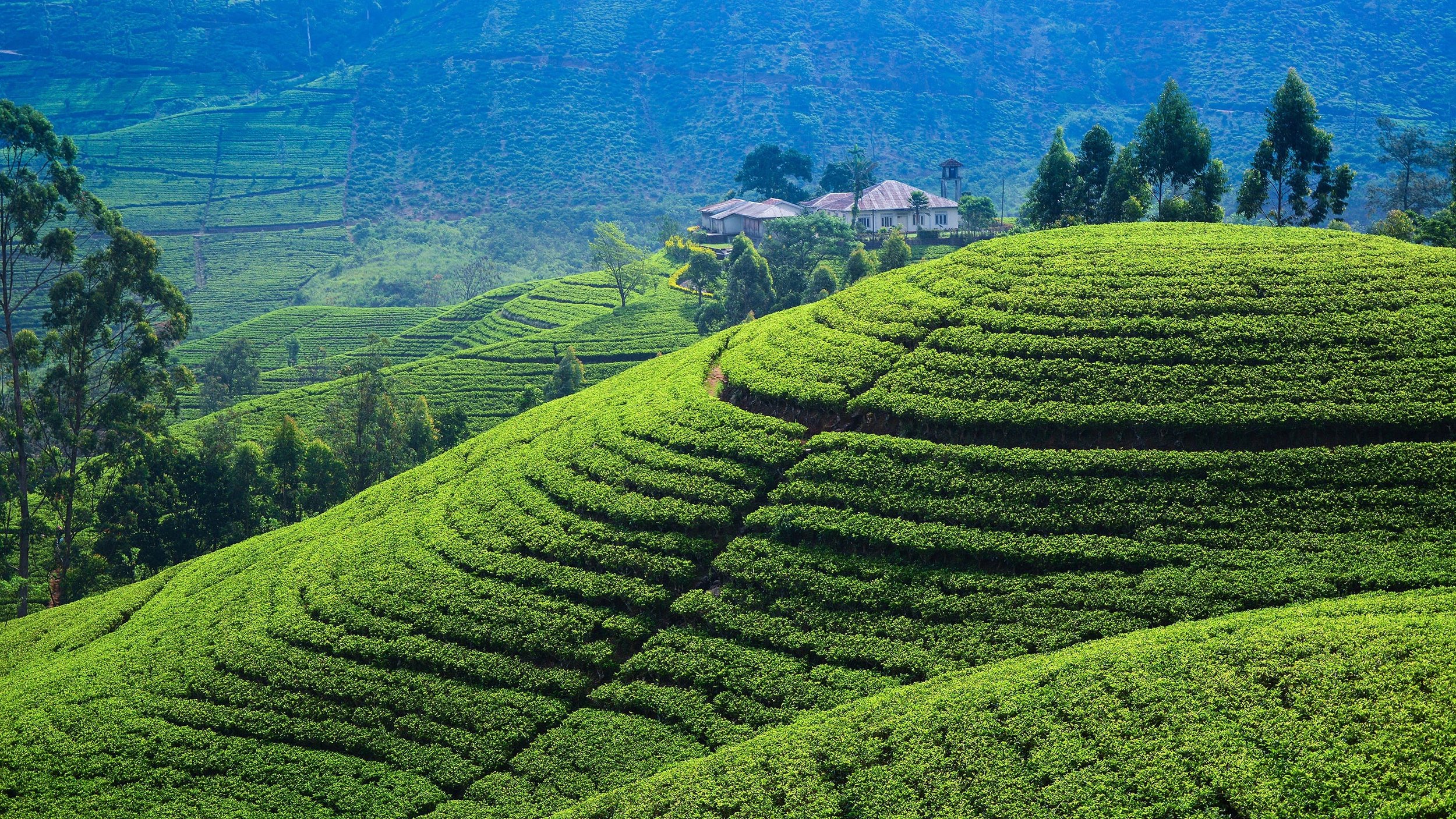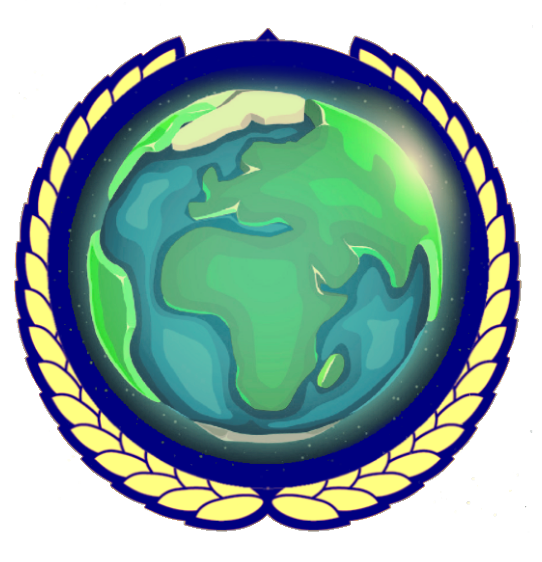
Sri Lanka
In most Generation 3 coverage, you will be able to see the front of the Google car partially through the blur: it is visible as blue-white-red patches, reminiscent of the French flag. The red patch is usually most visually distinct.
NOTE: This car is unique to Sri Lanka. Coverage in Ghana has a similar front of the car visible, but this coverage also has a roof rack.
All Generation 4 coverage is low-cam. This means that the camera on the Google car is intentionally set up lower than in most other countries. This can be recognized in two ways:
The car blur is significantly bigger. Generally, the bigger car blur is the most consistent way to recognize low-cam.
Roads look wider and objects around you are seen from a lower angle.
Note that Sri Lanka’s Generation 3 coverage is made with a normal height camera!
NOTE: All coverage in Japan and Switzerland is low-cam. However, landscape should be sufficient to tell these apart from Sri Lanka.
In Sri Lanka, you will see two scripts: Sinhala and Tamil. You will also sometimes see English, written in Latin script.
Sinhala is most common, and can be found throughout the entire country. It has a very curvy, ‘rounded’ look.
Tamil is more regionally limited. It has straighter lines. For an exact distribution, see the region-guessing section.
NOTE: Sinhala is unique to Sri Lanka. However, Tamil can also be found in the Indian state of Tamil Nadu.
Sri Lanka typically uses concrete utility poles. Two pole types are common and distinctive:
Square poles with small pinholes in the sides. These pinholes are limited to the top part of the pole.
Poles with large see-through holes in the lower half of the pole (“holey poles“). These poles are unique to Sri Lanka.
NOTE: The square poles with small pinholes can look very similar to those found in Thailand. However, in Thailand the pinholes extend all the way to the bottom of the pole.
Many parts of Sri Lanka have reddish soil.
Less commonly, you may encounter white, sandy soil.
The country is majority Buddhist: 70% of the population practise this religion. Throughout the country, you will often see signs of the religion, including temples, Buddha statues, stupas and the Buddhist flag.
NOTE: Thailand, Cambodia and Laos are also majority Buddhist.
Google used a weird, low-quality camera in Sri Lanka. This camera is known as the official Ari (or “Shitcam”). It has a wide circular car blur and often somewhat brownish colours. A good map will not usually include this coverage, but it is good to be aware of its existence, in order to not be caught off-guard by it.
NOTE: Other tropical countries with shitcam include India, Cambodia, Ecuador and to a lesser extent Bangladesh.
Sri Lankan telephone numbers have 10 digits.
The first three digits of landline phone numbers are the area code. The first digit of that area code is always a 0, while the remaining two digits are shown on the map.
Mobile phone numbers always start with 07 and are not associated with any particular region.
You can click on the image to enlarge it. Image credit: Maccem.
These maps shows the distribution of each of Sri Lanka’s four main religions. This can help with region-guessing when you spot a house of worship or other symbol associated with one of the religions.
Buddhism is found in most of the country but is mostly absent from the north and some parts of the east coast.
Hinduism is predominantly found in the north and parts of the east, as well as around the town of Nuwara Eliya in the central mountains.
Islam is strongest on the east coast, but not a majority in any district.
Christianity is mostly confined to the northwest, and is strongest around the town of Mannar.
You can click on the image to enlarge it.
The presence of the Tamil script is strongly correlated with the distribution of Hinduism (though not all Tamils are Hindu and vice versa).
There are two groups that use the Tamil script:
Native Sri Lankan Tamils, who predominantly live in the north and the east.
Indian Tamils, who mostly live in and around the central Nuwara Eliya district.
Note that it is not uncommon to find bilingual Sinhala and Tamil signs far outside the area where Tamil is the predominant language. However, Tamil-only signage can be a strong indicator for one of the Tamil-majority areas.
You can click on the image to enlarge it.
Conversely, the rest of the country has a slightly more dry climate. The vegetation is often lower and more open. The landscape usually has a mix of brown and green tones.
Note that the difference is not extreme, as the landscape in Sri Lanka never truly gets downright arid. However, with some practise, you can often learn to tell the difference. Your mileage may also vary depending on the season, local forest cover, or coverage type (Generation 3 often tends to make the landscape look more arid than it really is).
GeoGuessr’s own official maps are not very good, for a variety of reasons. Plonk It recommends you play these maps instead:
AI Gen - Sri Lanka (map link) - 100K+ generated locations.


























